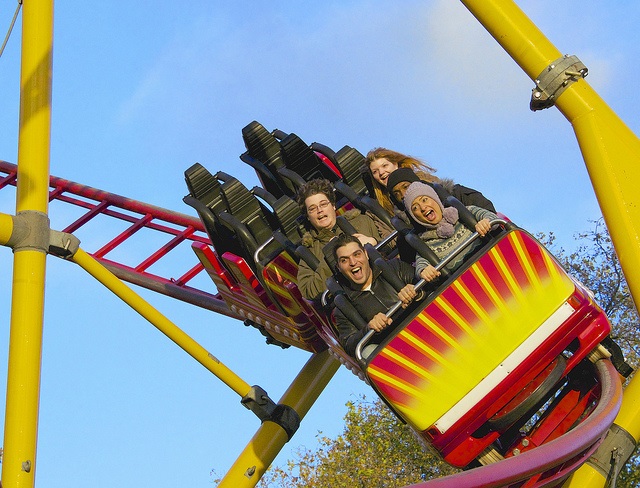
December 20, 2015
Sometimes environmental progress is like a roller coaster speeding along in the dark. There are exhilarating highs and frightening lows and none of them is entirely predictable.
This past week produced some startling examples of this kind of emotional whiplash.
First, the good news: On Tuesday (December 15) the San Diego City Council, led by Mayor Kevin Faulconer, delivered a unanimous vote to support a terrific climate action plan that puts that city in a front-row position to curb climate disruption.
The plan includes strong goals and targets and ways to get there. For instance, it sets a goal of 100 percent renewable energy for electricity generation city wide by 2035. It includes community choice aggregation, an innovative way to organize electricity generation and purchase, among the strategies to meet that goal.
Then came the sobering news from Sacramento that same afternoon and the following day. Two state water agencies delivered disappointing decisions that suggest that, even in the face of a crushing drought in California that is linked to climate change, water policy decision makers still haven't come to grips with the actions they must take to responsibly protect Californians and our environment.
Specifically, on Tuesday, the State Water Resources Control Board shied away from requiring that enough water be held behind Shasta Dam for later release to make sure the state's winter-run juvenile Chinook salmon aren't driven to extinction. The very next day, the California Water Commission moved forward with regulations for distributing $2.7 billion in water bond money for storage projects. The regulations as voted on fell short of our modest expectations.
We had anticipated that the commission would adopt rules that clearly ensure climate change impacts will be appropriately taken into account as storage projects are selected for funding. Instead, one commissioner tried to hurry the meeting along so he could make an afternoon airplane out of town. He admitted that he had not read the proposed improvements to the regulations before the meeting. Then he cast his vote for the weaker regulations.
Special interests that are devoted to building expensive, nonessential dams apparently had been at work.
All of these decisions--the good and the bad--have something in common: Sierra Club staff and volunteers worked hard and pressed decision makers in advance of these meetings to do the right thing. The Club helped make the good happen and helped prevent the bad from being worse.
Most important, our staff and volunteers never give up.
 There are still chances to overcome the disappointing decisions. Before the arrival of spring, the water board will review again whether there is sufficient water behind the Shasta dam to save the salmon. As for the water commission decision, there's another chance for public comments as the regulations go through a final review by another state agency.
There are still chances to overcome the disappointing decisions. Before the arrival of spring, the water board will review again whether there is sufficient water behind the Shasta dam to save the salmon. As for the water commission decision, there's another chance for public comments as the regulations go through a final review by another state agency.
Our staff and volunteers can do this work because members across the state support our work in so many ways.
Watch for future emails about ways you can help press the two water agencies to do better.
In the meantime, if you're getting ready to sit down and make your end-of-year contributions, add Sierra Club California to your gift list.
Whatever you do to support our work, remember this: Riding roller coasters with friends makes the ride less frightening and a lot more fun.
Sincerely,

Kathryn Phillips
Director
Sierra Club California is the Sacramento-based legislative and regulatory advocacy arm of the 13 California chapters of the Sierra Club.
Please consider becoming a sustaining donor.